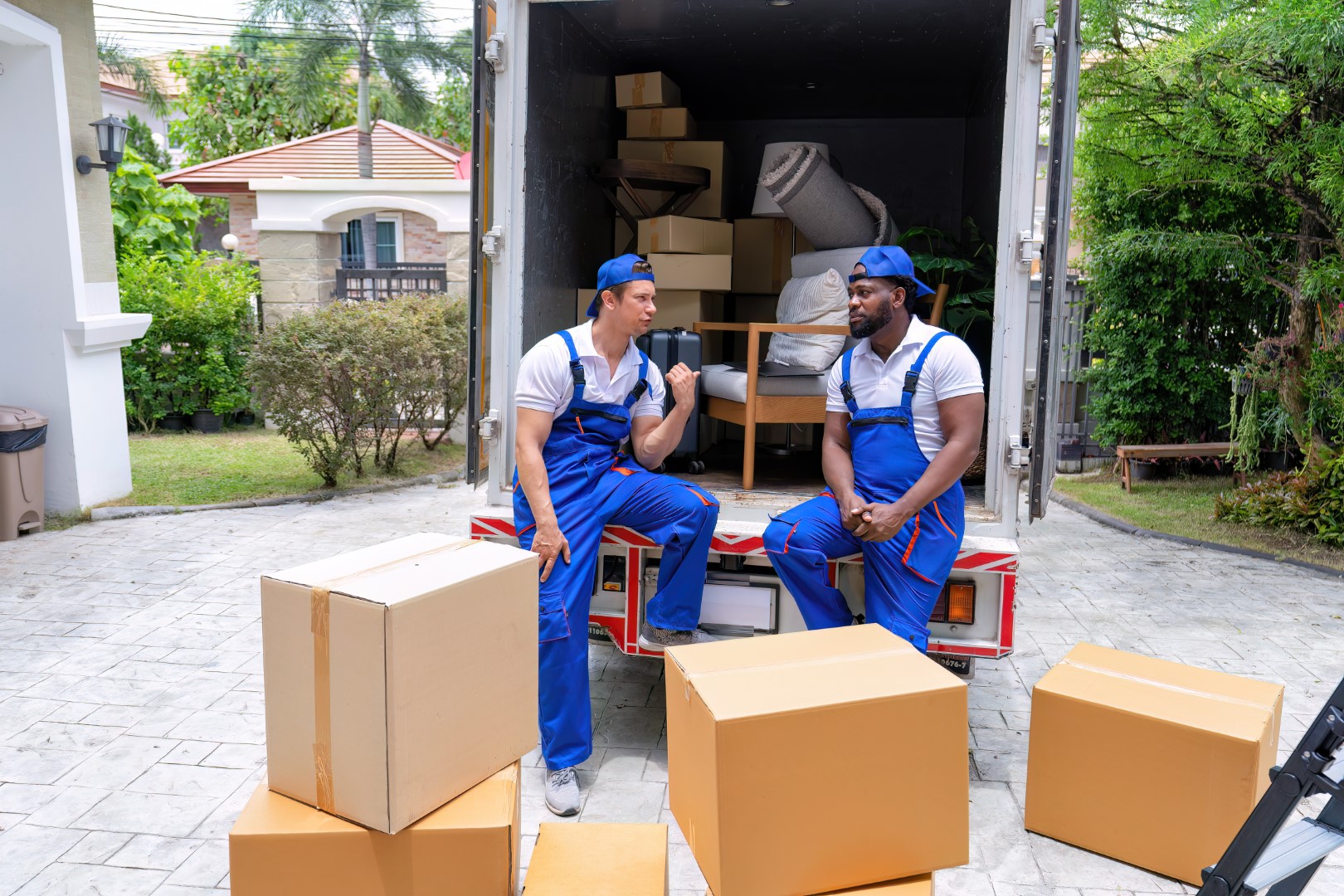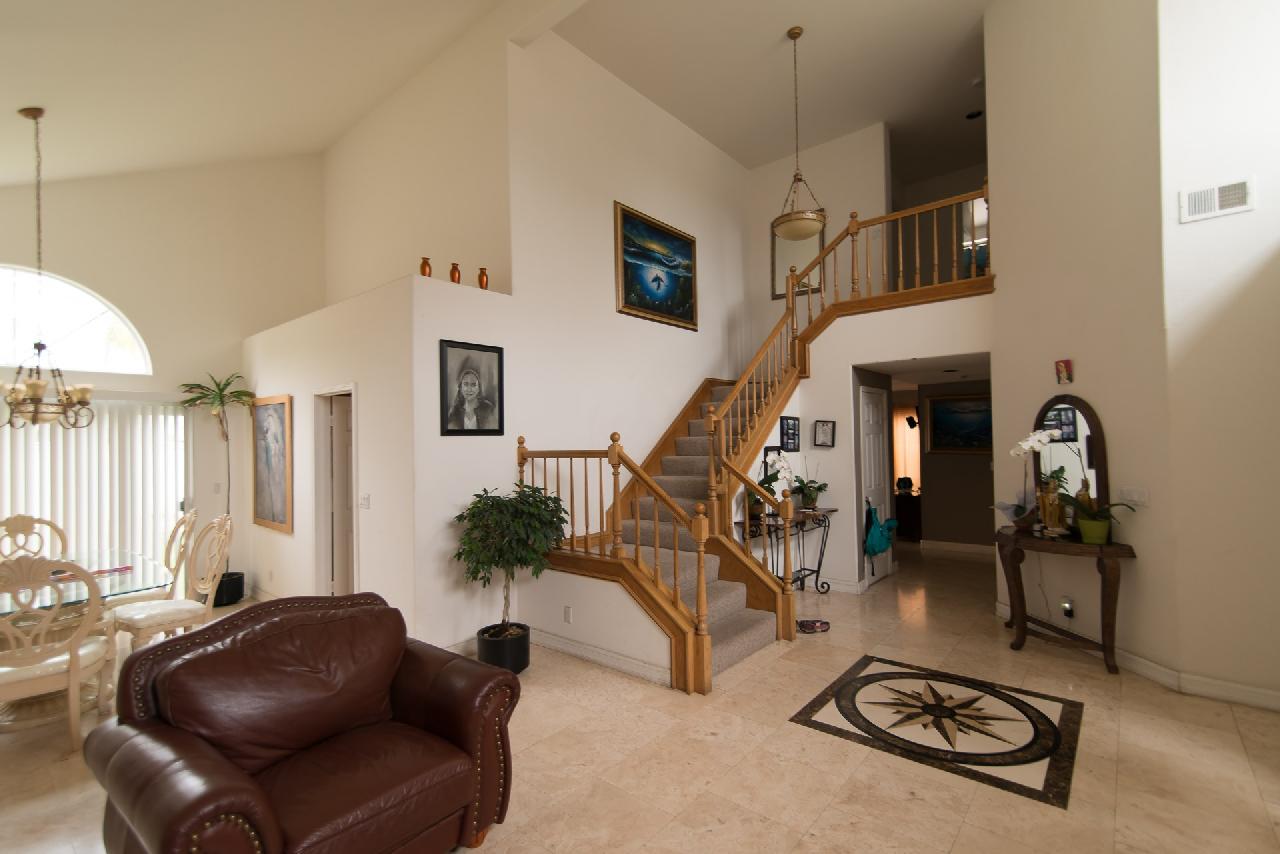You might think hiring movers and packers is outrageously expensive, but it doesn’t have to be. This guide is here to help you decode the price tags, making it easier for you to anticipate costs and avoid any surprise charges.
We’ll break down everything from local and long-distance fees to the cost impact of moving supplies. You’ll also get insight into seasonal variations in prices, additional services, and insurance costs.
By understanding your moving estimate, you’ll be in control of your budget, ensuring a stress-free move.
Understanding Movers and Packers Fees
Often, you’ll find that understanding the cost of movers and packers in Abu Dhabi isn’t as straightforward as you’d expect. It’s not just about the number of boxes you need to be moved. There’s a myriad of factors and hidden costs you need to consider.
First, there’s the labor cost. This involves the number of movers required for the job and the hours they’ll spend.
Then, there’s the transport fee, which is usually based on the distance between your old and new location.
Don’t forget the packing materials either. You’re not only paying for the boxes but also for the protective wrappings, tapes, and other packing supplies.
Now, here’s where it gets a bit tricky. Some companies charge additional fees for handling large, heavy, or delicate items. There may also be extra costs for moving things up and down the stairs or for the disassembly and reassembly of furniture. You might also encounter a storage fee if your belongings need to be stored overnight or for a longer period.
Having a clear understanding of these fees will help you budget better for your move. Up next, we’ll delve into the cost factors for long-distance moves.
Cost Factors for Long-Distance Moves
When you’re planning a long-distance move, there are several cost factors you’ll need to consider. Firstly, the distance itself plays a significant role. The farther you’re moving, the more fuel, time, and effort it’ll take, thus increasing the cost.
Secondly, the size and weight of your belongings affect the price. A larger, heavier load requires more resources to move. If you’re moving large items such as furniture, expect to pay more.
Thirdly, labor costs are also a factor. Depending on the complexity of your move, you may need a larger crew or additional time, which can drive up costs.
Fourthly, additional services such as packing, unpacking, or storage will also add to your bill. If you want to save, consider doing some tasks yourself.
Finally, keep in mind that peak moving times, like summer or weekends, often come with higher rates due to demand.
Moreover, insurance for your belongings is another cost to consider. It’s a safety net against potential loss or damage during the move.
Local Moving Charges Explained
Now, if you’re planning a shorter, local move, you might think it’s going to be cheaper, but it’s important to understand how the charges work.
Primarily, local movers often charge an hourly rate per mover. This rate includes their labor for loading, transporting, and unloading your belongings. So if you’ve got a lot of stuff, even a local move can add up.
But the hourly rate isn’t the only cost. There’s often a travel fee, covering the time it takes the movers to get from their location to yours and back again. This fee compensates for the fuel and time spent on the road.
Additionally, packing materials aren’t typically included in the hourly rate. If you want the movers to pack for you, they’ll charge extra for boxes, packing paper, and bubble wrap. You can save some money by packing yourself.
Also, be aware of extra charges for handling bulky or heavy items like pianos or safes. So, while a local move might seem cheaper on the surface, the final bill can still give you a jolt if you’re not prepared. Understanding these costs can help you budget better.
Additional Services and Their Costs
On top of the basic moving charges, you’ll also have to shell out for any additional services you need, and these can significantly ramp up the total cost. These services can range from packing and unpacking, disassembling and reassembling furniture, moving special items like pianos or antiques, to storage and cleaning services.
Packing and unpacking services, for instance, can cost anywhere from $25 to $40 per hour per packer. If you’re moving heavy or delicate items like a piano or antique furniture, expect to pay an extra $150 to $800 depending on the item’s size and weight.
Disassembling and reassembling furniture is another common additional service. This could set you back between $125 and $250, though it can vary based on the complexity of the furniture.
Storage services may also be needed if your new home isn’t ready when you move out of your old one. Prices for this service can range from $60 to $180 per month, depending on the size of your items.
Lastly, some moving companies offer cleaning services for your old or new home. This can cost between $100 to $400 depending on the size of your home.
Be sure to plan your budget carefully and ask for a detailed quote to avoid any unpleasant surprises.
Price Impact of Moving Supplies
Besides labor and additional services, you’ll also have to consider the cost of moving supplies in your budget. These often overlooked expenses can quickly add up, so it’s crucial to plan for them in advance.
From packing boxes and tape to bubble wrap and furniture covers, each item carries its own price tag. Boxes are usually the most significant expense, with costs varying based on size, strength, and quantity needed. Specialty boxes for items like mirrors or TVs can also add to the overall cost. Bubble wrap and packing peanuts are essential for protecting fragile items and can run up the bill if you have many delicate things. Furniture covers and moving blankets are necessary to prevent damage to your larger items, keeping them in perfect shape during the move.
You can reduce these costs by using old newspapers, towels, or clothes as packing materials, or by sourcing free boxes from friends, family, or local businesses. But remember, skimping on quality can lead to broken items, adding more cost in the long run.
Next, let’s examine how seasonal variations can impact your moving costs.
Seasonal Variations in Moving Costs
Just as you budget for moving supplies, you’ll also need to factor in how the time of year can affect your moving costs. Seasonal variations can significantly influence the price you’ll pay for moving services.
- Peak Season: Typically, the summer months from May to September are considered peak moving seasons. During this time, demand for movers and packers is high, leading to increased prices. If you’re moving during these months, be prepared to shell out more.
- Off-Peak Season: On the flip side, the colder months from October to April are off-peak. You’re likely to get better deals during this period as movers compete for fewer jobs.
- Weekends and Holidays: Weekends and holidays also see a surge in moving costs. If you’re flexible with your moving schedule, try to avoid these days.
- Beginning and End of the Month: Most people tend to move at the beginning or end of the month, resulting in higher prices. Mid-month moves could save you some cash.
While it’s not always possible to choose your moving date, being aware of these seasonal factors can help you budget more precisely and potentially save money.
Insurance and Liability Costs
In planning your move, it’s crucial to understand the costs associated with insurance and liability when hiring professional movers and packers. This protects your belongings in case of damage or loss during transit. However, these costs can vary widely depending on the company and the level of coverage you choose.
Most moving companies offer basic limited liability coverage at no extra cost. This typically covers your belongings at a minimal amount per pound, regardless of the item’s actual value. If you’ve got high value items, you might want to consider Full Value Protection. Though more expensive, it provides the replacement value of any lost or damaged items.
Additional insurance can also be purchased from third-party providers. The cost typically ranges from 1-2% of the declared value of your goods. Remember, while higher coverage means increased protection, it also means a higher price tag.
Always inquire about the mover’s insurance and liability policies before you sign a contract. It’s also advisable to check your homeowner’s insurance to see if it covers moving. By understanding these costs upfront, you can avoid unpleasant surprises and ensure your possessions are adequately protected.
Deciphering Your Moving Estimate
When it’s time to get an estimate from your chosen movers and packers, understanding how to decode the quote is key to avoiding unexpected costs. It’s not just about the bottom line; it’s also about understanding the details that make up the total.
Here are four key components you should look for in your moving estimate:
- Labour Costs: This is typically the bulk of your moving costs. It includes the hourly rate of the moving crew and the estimated time it’ll take to pack, load, transport, and unload your belongings.
- Transportation Costs: This covers the expense of getting your items from your old place to your new one. It may be a flat fee or based on distance.
- Supplies Costs: These are the charges for packing materials like boxes, bubble wrap, and tape. Some movers include this in their labor cost, so make sure to clarify.
- Additional Services: This is where you’ll find costs for extra services like disassembling furniture, moving specialty items, or storage.
Conclusion
As you navigate the choppy seas of moving, remember that the price tag isn’t just a number. It’s the skill and experience of your movers, the distance of your journey, and the security of your belongings.
It’s extra services for a smooth transition and the peace of mind that insurance provides. Understanding these elements can turn your move from a stormy affair into a smooth sail.
So, decode the price and make your move a breeze.
Discover more from Futurist Architecture
Subscribe to get the latest posts sent to your email.


![modern apartment [article_title]](https://www.futuristarchitecture.com/wp-content/uploads/2025/03/5-Musical-Ideas-to-Symphony-Your-Colors-900x600.jpg)
